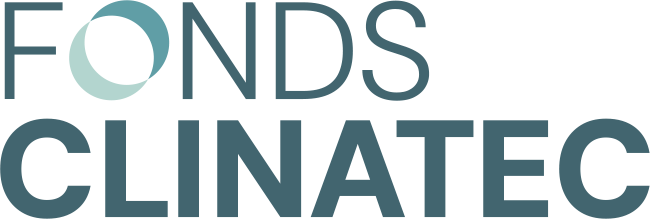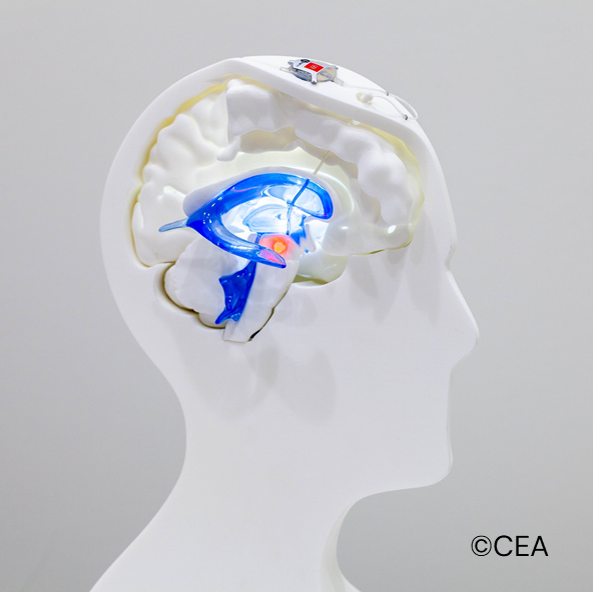En 2008, le professeur John Mitrofanis a mis en évidence les effets bénéfiques de la lumière rouge et proche infrarouge sur le cerveau, inspirant le Fonds Clinatec à explorer son potentiel thérapeutique. Cette technologie, qui agit en stimulant les mitochondries des cellules grâce à la lumière entre 600 et 1300 nanomètres, améliore la production d’ATP, renforçant ainsi la résistance des cellules malades.
Aujourd’hui, le Fonds Clinatec développe un dispositif à LED proche infrarouge testé cliniquement, capable d’améliorer les connexions entre les cellules cérébrales. Ce traitement, sûr et non invasif, vise à restaurer les fonctions neuronales, par exemple après un AVC, en stimulant la circulation sanguine pour favoriser la récupération.
Le centre de recherche continue d’explorer cette approche pour traiter des maladies neurodégénératives comme Parkinson, Alzheimer et d’autres maladies apparentées, ainsi que des troubles du sommeil, des traumatismes crâniens et des maladies cardiovasculaires, ouvrant de nouvelles perspectives pour la médecine moderne.
Ces travaux sont menés grâce au soutien de la Fondation du groupe mutualiste Covéa (MAAF, MMA et GMF).



